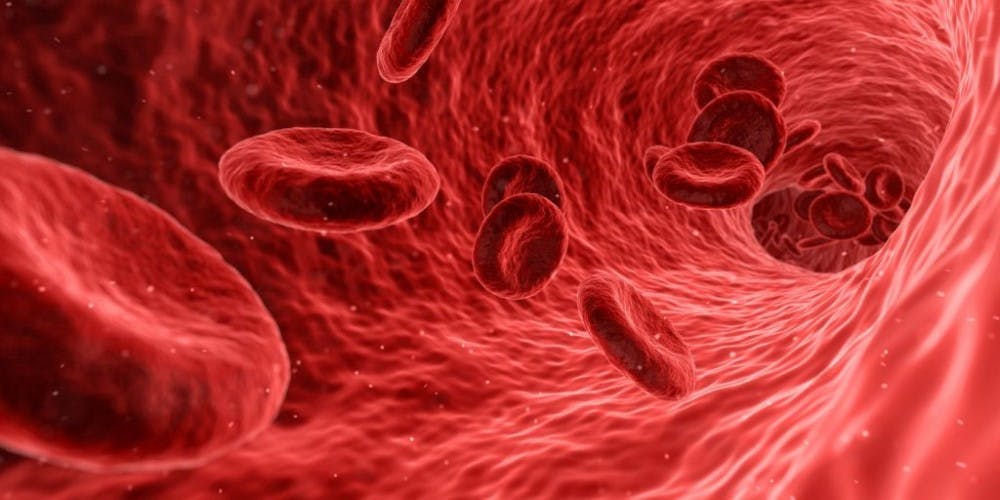Billions of highly specialized cells run through our veins. They make up our blood, a fascinating fluid that plays the significant roles of transport as part of the cardiovascular and respiratory systems and of pathogen detection and elimination in the immune and lymphatic systems.
Blood cells carry oxygen and essential nutrients to our other cells and protects them against virus and bacterial infections as well as cancerous growth. Blood connects every tissue in the human body, making life possible.
Scientists have long known that the specialized cells in blood come from a single type of cell known as the blood stem cell, which forms early on in the process of embryonic development. Stem cells become specialized in the process of differentiation, during which they transform into all the blood cell types we need for the rest of our lives.
Blood stem cells are only a transitional stage between another type of cell and the blood cells we know. Blood stem cells were originally endothelial cells on the walls of embryonic arteries. In a process called endothelial to hematopoietic transition, endothelial cells on the developing arterial walls detach and enter circulation.
These endothelial cells go through drastic physical changes in this process, transforming from their original spindle shape to the characteristic circular shape of blood stem cells.
However, scientists have never been able to explain the molecular changes that cause this dramatic transformation between the spindle-shaped endothelial cells and the round blood stem cells.
A recent study by researchers led by head scientist Niels-Bjarne Woods at Lund University in Sweden offers an answer. Using single-cell molecular analysis, the scientists observed individual endothelial cells in vitro to analyze the endothelial to hematopoietic transition in human blood development.
Their investigation revealed that more types of endothelial cells were undergoing this transition process than previously was known and that the newly discovered cell populations undergoing it demonstrated the potential to produce a different range of blood cell types.
The discovery of these new transitional cells shows how more flexibility and variation in blood cell types can be produced and implies that different endothelial cell populations give rise to blood stem cells with different ranges of differentiation and specialization.
This study makes important contributions to the goal of understanding how the very first blood cells in an embryo come to be and how the types and amount of blood cells are determined during development and growth.
“Understanding how the first human blood cells develop will provide missing clues for usto generate blood stem cells in the laboratory for use in the treatment of blood disorders and malignancies,” Woods said in a press release.
Every step toward reaching a full understanding of the subject is a step toward better and more potent medical treatment.
Woods also adds that in the future, he hopes to study whether or not it is possible to “trigger” adult endothelial cells to produce new blood stem cells.
This could have significant medical implications because if it is possible, scientists would be able to generate blood for patients from a patient’s own endothelial cells without the need for blood transfusions and the rare but devastating risk of blood-borne diseases.





